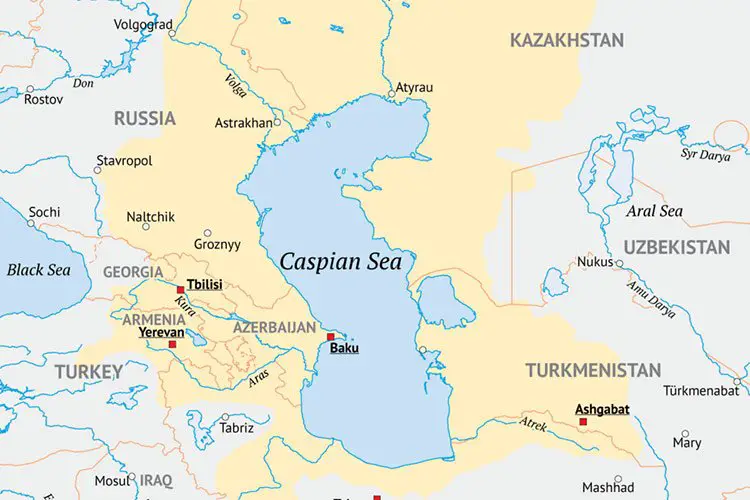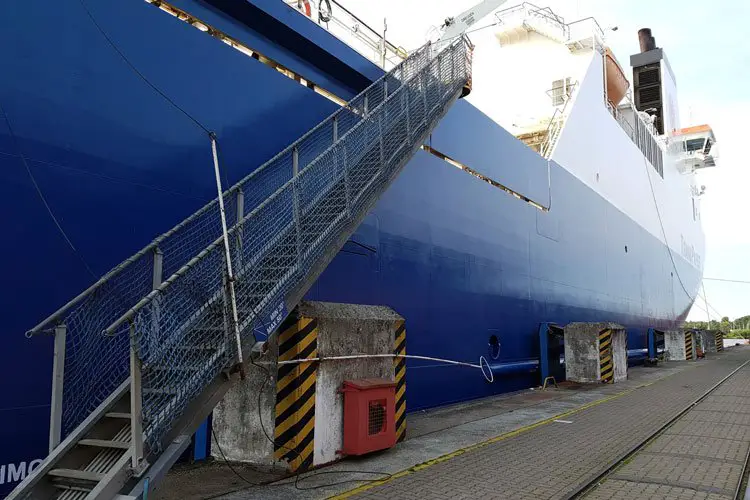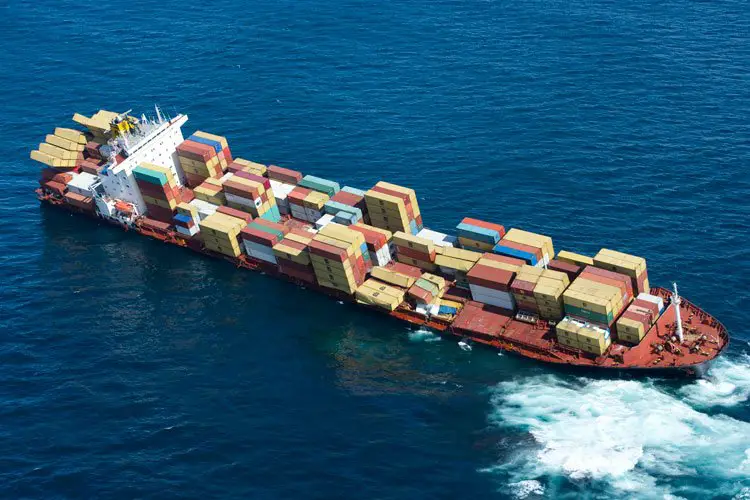What is a Ship Porthole Window?
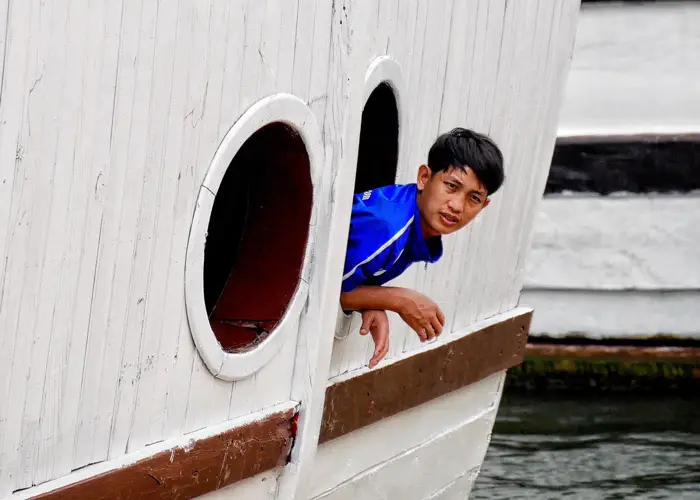
Porthole window is a small, often circular or oval-shaped window found on ships and boats. These windows are designed to serve specific functions that are crucial to maritime operations. Porthole windows in ships and other water vessels are one of the most recognizable and striking features. Porthole windows are installed primarily to facilitate natural lighting and ventilation within the vessel.
Purpose of Porthole Windows
Porthole windows on on ships and boats, serve specific and practical purposes crucial to maritime operations.
- Natural Lighting: Porthole windows are designed to allow natural light into the interior of the vessel. This reduces the reliance on artificial lighting during the day, contributing to energy efficiency.
- Ventilation: Ensuring a constant flow of fresh air within the vessel is another significant role of porthole windows. This is essential for the well-being and comfort of the crew and passengers, particularly during long sea voyages.
- Safety: Porthole windows can also function as escape routes in emergencies, enhancing the safety of those on board by providing an alternate means of exit.
- Navigational Aid: They offer clear views of the surroundings, aiding navigation and the monitoring of potential hazards. The ability to observe the external environment is especially important for ship operators and navigators.
- Aesthetics: Beyond their practical functions, porthole windows contribute to the aesthetics and character of the vessel. Their timeless appeal adds to the overall visual charm of ships and boats.
Understanding the multifaceted purpose of porthole windows is fundamental for those engaged in maritime activities, as these fixtures play a vital role in ensuring the functionality, safety, and aesthetics of vessels at sea.
Shape & Structure of a Porthole Window
Porthole windows are mostly circular or oval, a design that minimizes stress on the vessel’s hull while withstanding the forces of the sea. This shape offers better structural integrity in challenging marine conditions.
Porthole windows can be either hinged, allowing them to be opened for additional ventilation, or fixed, providing a sealed, watertight barrier when closed. The choice between hinged and fixed windows depends on the specific vessel’s design and purpose.
Material Used in Ship Portholes
1) Frame: Ship portholes have sturdy frames made of materials like brass, stainless steel, or aluminum. These materials provide durability and resistance to corrosion, ensuring the longevity of the windows.
2) Window Pane: The window panes are typically made of toughened glass, designed to withstand the forces of the sea and potential impacts from debris or waves.
Toughened glass or tempered glass, is used for its ability to withstand extreme conditions. It can endure the mechanical stresses and vibrations experienced during sea voyages.
In the event of breakage, toughened glass shatters into small, less harmful fragments rather than sharp shards, reducing the risk of injury to passengers and crew.
Ship porthole panes face potential impacts from waves, debris, or accidents. Toughened glass is designed to resist such impacts, maintaining the integrity of the window. The maritime environment exposes glass to a wide range of temperatures which only toughened glass can handle without cracking or shattering.
Ships operate in corrosive saltwater environments. Toughened glass is highly resistant to corrosion, ensuring longevity. Despite its toughness, toughened glass maintains optical clarity, allowing crew members and passengers to enjoy clear views of the surrounding seascape.
The History of Porthole Windows
Porthole windows have a fascinating history in the maritime world, evolving over time as the technology advanced.
Porthole windows trace their origins to the early days of seafaring. These small openings in a ship’s hull initially served as functional necessities, allowing light and fresh air into the otherwise dim and stuffy below-deck areas.
Early versions of porthole windows were often simple, with hinged covers to protect against the wind and water.
As maritime technology advanced, porthole windows became more complex in design with sturdy frames and improved sealing mechanisms to withstand the forces of nature.
Porthole windows also offer critical views during naval battles, aided in navigation, and provided illumination in the darkest of times.
Various Types Ship Portholes on Ships and Boats
Porthole windows can be found with many designs and usage.
Fixed Portholes: These are immovable windows, providing a sealed barrier to the elements. Fixed portholes are commonly found in areas where ventilation is not a priority, ensuring watertight integrity.
Hinged Portholes: Hinged portholes can be opened, allowing for ventilation and the inflow of fresh air. They are often installed in areas where airflow is essential, such as crew cabins.
Deadlight Portholes: Deadlights are typically solid, non-opening portholes with a hinged metal cover that can be secured over the window pane in case of a storm or when the vessel is not in operation.
Also read: What is a Hydrostatic Release Unit?
Porthole Window Installation
Location: Portholes must be strategically placed to maximize lighting and ventilation while minimizing structural impact.
Watertight Seal: Achieving a watertight seal is paramount. Proper sealing ensures no water leakage during storms or rough seas.
Material Selection: Choosing the right materials, such as corrosion-resistant frames and toughened glass, is key to longevity and durability.
Professional Installation: Expertise is essential. Skilled installers have the know-how to ensure porthole windows are securely and correctly placed.
Porthole Window Maintenance
Cleanliness: Regularly clean the glass and frames to prevent the buildup of salt, grime, and corrosion.
Gasket Check: Inspect gaskets and seals for any signs of wear or damage. Replace them as needed to maintain a watertight seal.
Lubrication: Hinged portholes need lubrication for smooth operation. Use appropriate marine-grade lubricants.
Glass Inspection: Check for cracks or chips in the glass. Any damage compromises the integrity of the window.
Frame Inspection: Examine frames for signs of corrosion or damage. Address any issues promptly.
Frequently Asked Questions
Q. Are porthole windows used for ventilation, and how does that work?
A. Yes, porthole windows are used for ventilation. They can be opened to allow fresh air to enter the interior of the vessel. This is essential for the well-being and comfort of those on board.
Q. Can porthole windows be opened for fresh air, or are they fixed in place?
A. Porthole windows come in both fixed and hinged designs. Hinged portholes can be opened to allow fresh air to flow into the vessel, while fixed portholes provide a sealed barrier when closed.
Q. What materials are porthole windows made of, and why?
A. Porthole windows are typically made of materials like brass, stainless steel, or aluminum for their durability and resistance to corrosion. The choice of material depends on the vessel’s design and purpose.
Q. Are there specific regulations or safety standards for porthole windows?
A. Yes, there are regulations and safety standards related to porthole windows in the maritime industry. These standards ensure their proper installation and functionality, especially regarding safety features.
Q. Can porthole windows be replaced or upgraded on older vessels?
A. Yes, porthole windows can be replaced or upgraded on older vessels, improving functionality, safety, and aesthetics.
Q. Why Do Ships Have Round Windows?
A. The circular or oval shape of portholes distributes stress more evenly across the hull of the ship. Round shape helps the ship withstand the forces of the sea, including waves and water pressure. Round shapes are less likely to develop weak points or stress concentrations. It also easy to create a watertight seal in round windows.

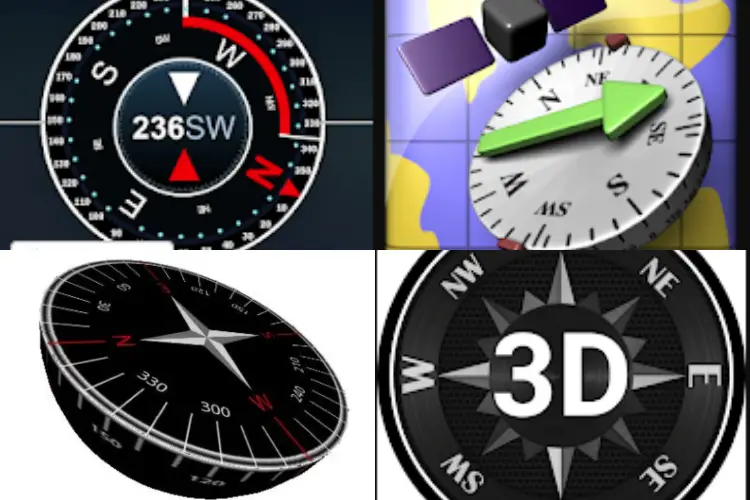
![The Unsolved Mystery Of Devil’s Sea [Dragon's Triangle] 3 The Unsolved Mystery Of Devil’s Sea [Dragon’s Triangle]](https://www.maritimemanual.com/wp-content/uploads/2019/03/devils-sea-dragons-triangle.jpg)
